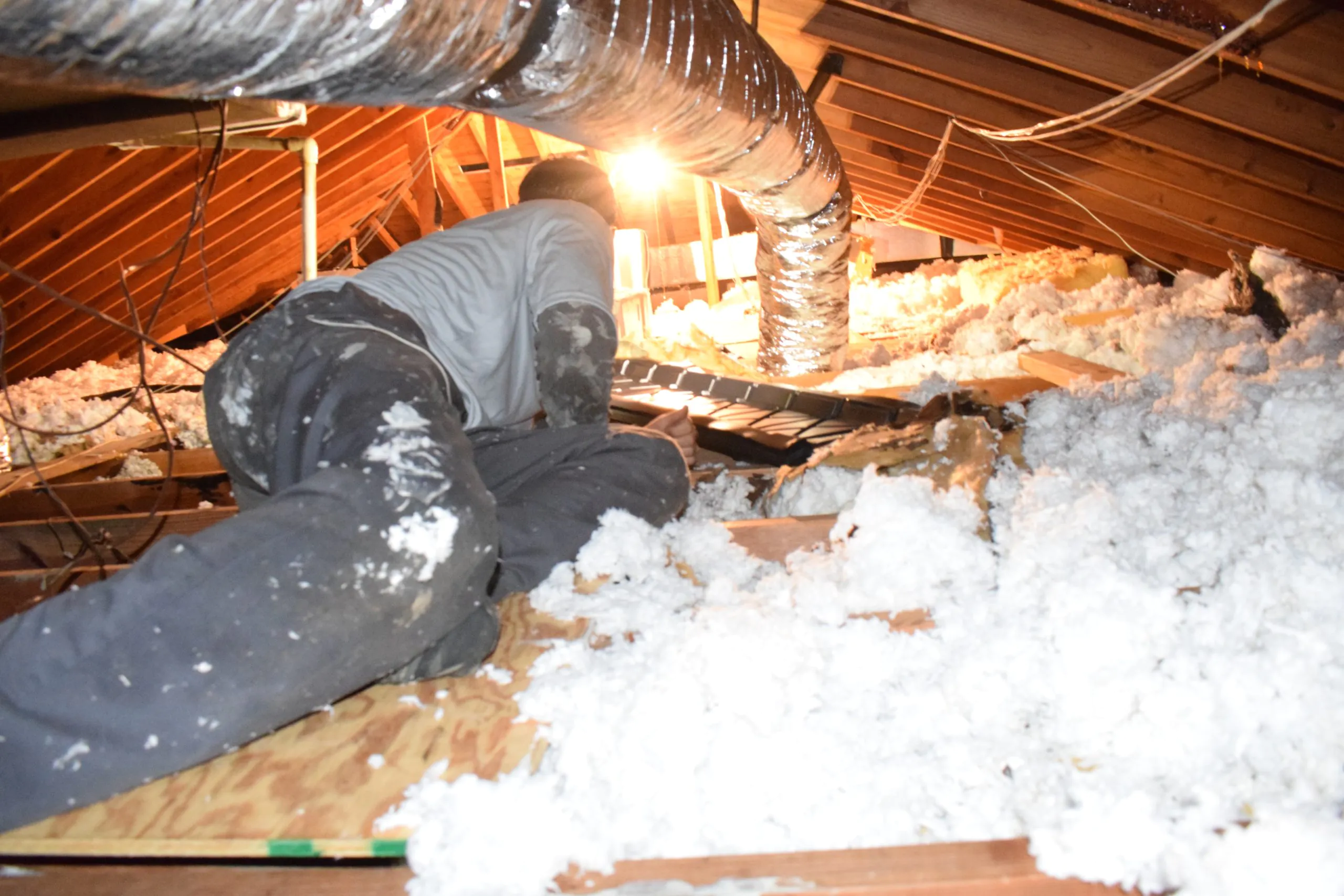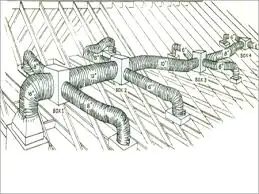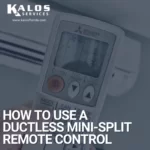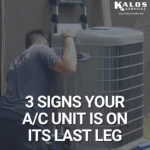The demand for duct cleaning is something that has been on the rise over the last 10 years in the HVAC industry. It has grown from a very small niche business to a large and profitable industry. This growth has raised many questions.
Before we get started, allow me to establish my experience. I have been in the HVAC industry for over 15 years. In that time, I have never personally performed a duct cleaning, but I have been back to multiple HVAC service calls after duct cleanings. I personally have no issue with the duct cleaning industry as a whole; I simply have concerns with the common practices I have observed and customers' expectations in relation to the outcome.
First, we must establish that the vast majority of residential and light commercial duct systems installed in Florida are flex and board systems. That means that the bulk of the air flows through flexible insulated tubes with a thin plastic inner liner. The remainder of the duct system is constructed of fiberglass board that is formed into boxes and triangle shapes that act as the main lines and distribution boxes. Second, we must state clearly that almost anything can be cleaned if enough time and resources are applied; this is as true of ducting as any other surface.
The real questions are:
- Is duct cleaning effective at consistently providing cleaner air?
- Are the practices consistently applied that produce a good result?
- Is the cost of properly cleaning the ducts vs. replacing them represent a real value?
Is duct cleaning effective at consistently providing cleaner air?
A report produced in 1997 by the EPA states that duct cleaning has not been proven to produce cleaner indoor air. The EPA has consistently stood behind this stance, and this applies to all types of ducts. It stands to reason, in my opinion, that cleaning metal or metal-lined ducts would be effective.
There are many before and after representations of what duct cleaning can and has done for metal ducts. However, in all ducts, cleaning can often dislodge matter that may then re-enter the airstream. That leaves the following question:
Unless we leave the ducts completely clean, has the practice of cleaning ducts been successful in reducing indoor air contaminants?
Are the practices consistently applied that produce a good result?
The NADCA (National Air Duct Cleaning Association) has very good training and application guidelines on the proper cleaning of most duct systems. If well-trained professionals consistently apply these practices with well-maintained and cleaned equipment, then we will yield the best outcome.
My experience has shown that many companies that provide duct cleaning services do not consistently or fully abide by NADCA standards. Failure to follow those standards can result in a poor outcome as well as possible damage. When damage does occur due to improper duct cleaning practices, contractors often conceal it. So, the property owner will be unaware that there is an issue.
Is the cost of properly cleaning the ducts vs. replacing them represent a real value?
Here is an excerpt from the NADCA website:
The Environmental Protection Agency says that duct cleaning services typically “ but not always“ range in cost from $450 to $1000 per heating and cooling system, depending on the services offered, the size of the system to be cleaned, system accessibility, climactic region, and level of contamination and type of duct material. Consumers should beware of air duct cleaning companies that making sweeping claims about the health benefits of duct cleaning such claims are unsubstantiated. Consumers should also beware of blow-and-go air duct cleaning companies. These companies often charge a nominal fee and do a poor job of cleaning the heating and cooling system. These companies may also persuade the consumer into unneeded services with and/or without their permission.
This excerpt makes it clear that proper duct cleaning does come at a price. In many cases, the cost of proper cleaning may not be cost-effective when compared with replacement. Of course, the decision to clean or replace also depends on the age, condition, type, and access to the duct system currently in place.
The Verdict
In summary, I would advise the following:
- Only have ducts cleaned if it is necessary. In most cases, we can achieve cleaner air more easily and consistently through air filtration/purification.
- If you are going to have ducts cleaned, make sure to use a NADCA-accredited professional. Check that contractor's work against the NADCA checklist HERE.
- If your ducts need cleaning, look at the comparable cost of replacement vs. cleaning.
- Recognize that Florida duct systems are often not very conducive to proper cleaning, reducing your potential success rate.
Feel free to contact us with any further questions. We hope this was helpful!
– Bryan Orr, VP Service Kalos Services Inc. Licensed A/C Contractor CAC1814620
Resources mentioned in this article can be found: EPA.Gov, NAIMA.Org, and Angie's List. You can also check out these videos of news teams exposing the potential scams that can come with duct cleaning:





